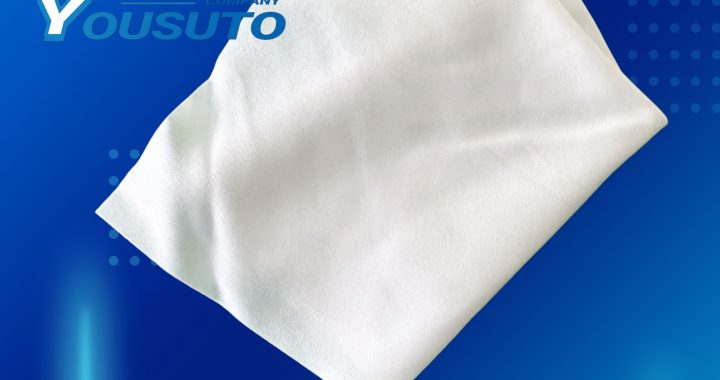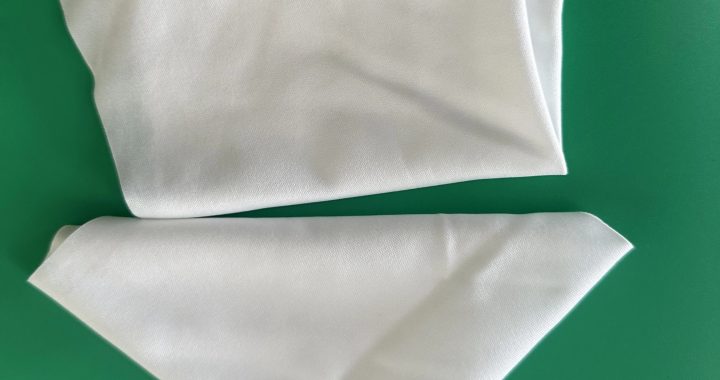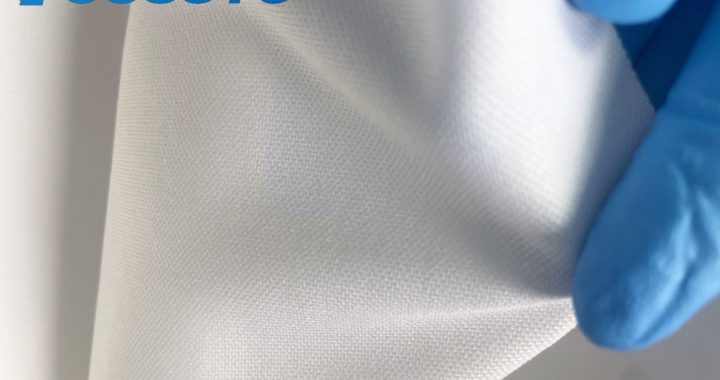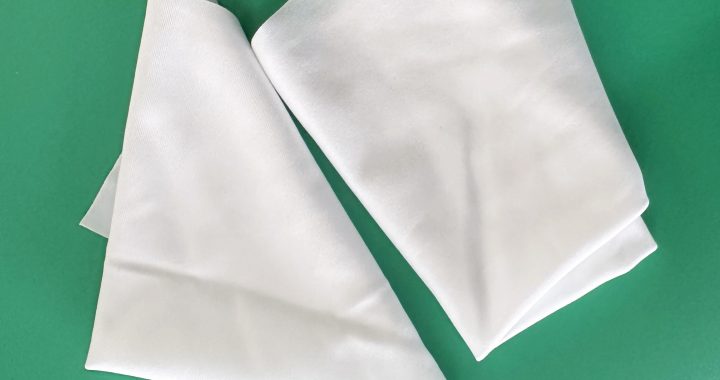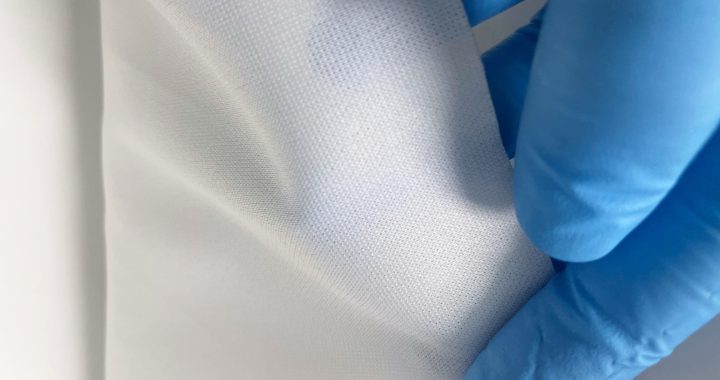Cleaning wipes are vital tools for preventing electrostatic discharge (ESD) during PCB maintenance in semiconductor laboratories. Pre-wetted or dry lint-free wipes effectively remove dust, oils, flux residues, and microscopic contaminants from delicate PCB surfaces without causing damage. Anti-static properties ensure ESD protection, safeguarding sensitive electronic components. Proper cleaning techniques, including single-direction wiping and controlled pressure, optimize contaminant removal, reduce cleaning time, and minimize solvent usage. These wipes are suitable for Class 100–1000 cleanrooms, ensuring high-quality PCB performance and reliable operation of semiconductor devices.
Key Features:
-
Lint-free and anti-static to prevent ESD and particle attraction
-
Effective removal of dust, oils, and flux residues
-
Compatible with pre-wetted or dry cleaning methods
-
Reduces cleaning time and solvent consumption
Application Scope:
-
Semiconductor laboratory PCB maintenance
-
Cleanroom electronics assembly and inspection
-
Precision PCB and microelectronic device cleaning
-
Industrial and research semiconductor facilities
